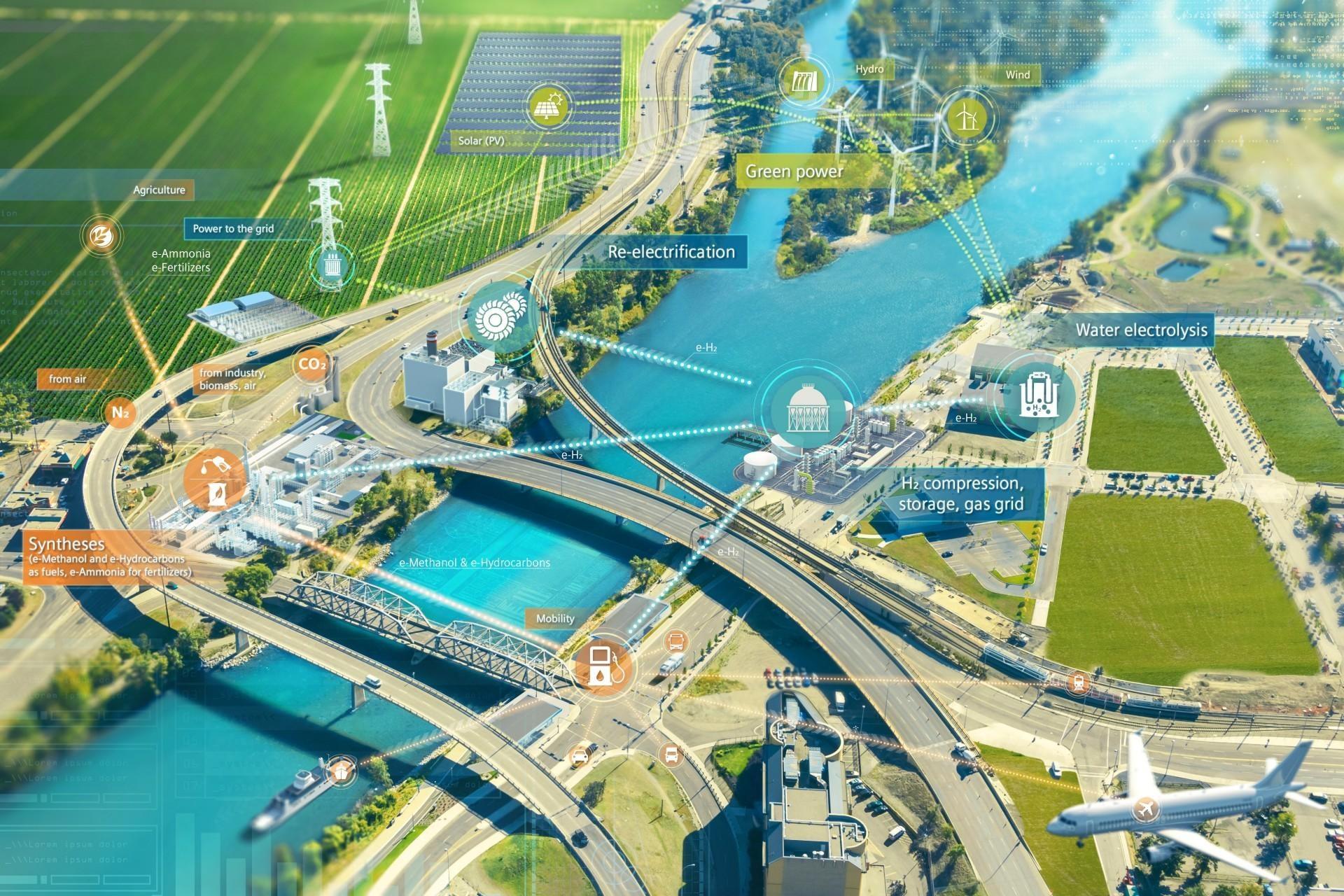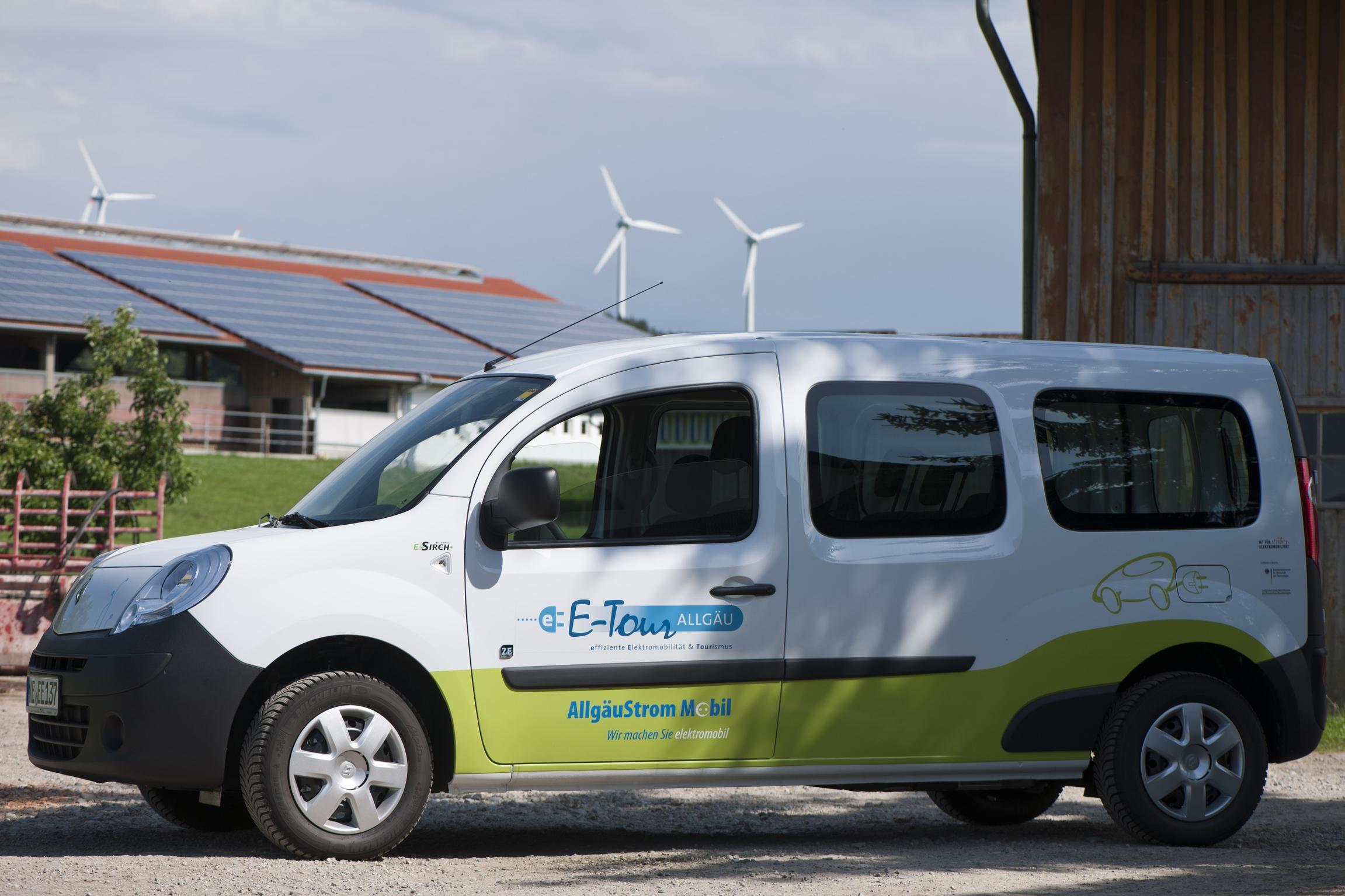
This crisis opens new opportunities to accelerate decarbonisation (and put the world on a more sustainable pathway)
Interview to Fatih Birol, IEA Executive Director
The impact of the global economic crisis resulting from the COVID-19 pandemic has sent shock waves through energy markets, but it has also opened up a new opportunity to accelerate decarbonisation and put the world on a more sustainable pathway. This is where the IEA has a role, and we are calling for governments to make recovery as sustainable and resilient as possible. We must seize this moment. This is a challenging time for investments, climate ambitions and solidarity in Europe. Recovery plans need to align with long-term national and global objectives on energy resilience and sustainable development, and it is essential that they focus on meeting clean energy transitions.
Dr Birol, you have recently declared that the COVID-19 pandemic is having severe impacts on the energy sector and may slow down the transition towards cleaner sources and the fight to global warming. Can you provide our readers with more details of your analyses? How severe are impacts being?
There is no doubt that the impact of the global economic crisis resulting from the COVID-19 pandemic has sent shock waves through energy markets. Throughout the crisis, the energy sector has played a vital role in supporting the delivery of healthcare, remote working and many other needs. Like many other sectors, the COVID-19 crisis made a large impact. First, in our Global Energy Review, we estimate that total primary energy demand will drop in all major regions and contract by around 6% globally in 2020; this is an amount roughly seven-times larger than occurred during the 2008-09 financial crisis. Second, we expect oil demand to drop by around 8% on average across the year, coal by a similar amount and natural gas demand by around 4%. In the power sector, electricity demand could fall by as much as 5% globally in 2020 and by up to 10% in some regions. Conversely, we expect generation from renewables to increase by nearly 5% in 2020. Finally, global energy investment expected to shrink by an unparalleled 20% in 2020.
What about emission reductions?
While the drop in energy demand has led to emissions reductions, there is nothing to celebrate as this came at huge economic and human costs. For example, we expect global CO2 emissions to decline in 2020, by as much as 2.5 gigatonnes, or around 8% below 2019 levels. This would be the lowest level since 2010. However, it is important to highlight that most of the decline is attributable to reductions in economic activity rather than structural changes in the way we produce and consume energy. Therefore, unless we take immediate action to bring about such structural changes, emissions are very likely to rebound as economies recover.
Why do you consider the coronavirus emergency as a test for governments and companies’ commitment on energy decarbonisation?
40 Ministers from countries across five continents that collectively represent over 80% of the global economy, along with leaders from some of the world’s major energy companies, financial institutions, international organisations and civil society recently took part in the IEA’s first Clean Energy Transitions Summit. The purpose of this high-level event was to discuss how to bring about a sustainable and resilient recovery from the COVID-19 crisis and achieve a definitive peak in global carbon emissions. Rather than a test, the crisis has opened up a new opportunity to accelerate decarbonisation and put the world on a more sustainable pathway.

As we know, governments are responding to the economic crisis on a massive scale focussing primarily on emergency steps and immediate economic relief to prevent an even deeper crisis. With more stimulus coming, attention is increasingly focusing on how to bring about an economic recovery that repairs the damage inflicted by the crisis while putting the world on a more sustainable path. This is where the IEA has a role and we are calling for governments to make recovery as sustainable and resilient as possible. We must seize this moment.
Which means that the energy transition is to be envisaged in recovery plans?
Recovery plans need to align with long-term national and global objectives on energy resilience and sustainable development; it is essential that they focus on meeting clean energy transitions. As countries design economic recovery plans, policy makers are making enormously consequential decisions in a very short space of time. These decisions will shape economic and energy infrastructure for decades to come and will almost certainly determine whether the world has a chance of meeting its long‐term energy and climate goals. The IEA’s Sustainable Recovery Plan shows governments have a unique opportunity today to boost economic growth, create millions of new jobs and put global greenhouse gas emissions into structural decline.
In your opinion could risks of delays and withdrawals also affect the European Green Deal implementation and prevent the EU from attaining climate neutrality in 2050?
This is a challenging time for investments, climate ambitions and solidarity in Europe. Governments around the world are dealing with the health emergency and the economic crisis brought about by the COVID-19 pandemic. At the same time, declining emissions resulting from COVID-19 lockdowns may give rise to complacency, if governments only look at the short term.
That is why it is commendable that the European Commission has responded to these health and economic challenges while keeping a strong focus on the other major priority of accelerating clean energy transitions.
The European Union made the Green Deal its top priority in 2019 and is now using that momentum to design a green recovery from the COVID-19 crisis. In May 2020, the European Commission presented a massive recovery plan and budget proposals to counter the economic damage from the pandemic. The plan aims to achieve a resilient, inclusive and green recovery in Europe, laying the foundations for a low-carbon future. The investments envisaged by the plan will help Europe move closer to meeting its international climate and environmental goals while making its economy more resilient to future shocks. It is more than an opportunity – the upcoming decisions by the European leaders will be critical for Europe’s energy infrastructure and energy system in the coming decades.
Policies will play an essential role in ensuring the effective use of the recovery funds. Again, the European Green Deal provides an enabling framework. The IEA has recently presented a major report on EU Energy Policies, which provides detailed recommendations to support the EU and its member states in achieving a secure and sustainable recovery.
The IEA is addressing decision-makers in government, industry and the investment community to exhort them take advantage of the situation and increase their ambitions on the climate and energy sustainability. Still, do you consider scientific research for new technologies may have a strategic role in the fight against climate change? Or are decision makers more important?
The focus of governments has initially been very appropriately on dealing with the health impacts of the pandemic. But there is also increasing attention on how to overcome its impacts on the economy. Many governments are putting together stimulus packages designed to boost economic growth and create jobs for the millions who lost them. The energy sector has a vital role to play in this endeavour, which is why we put together our Sustainable Recovery Plan to additionally build energy sector resilience, create new jobs, and achieve a peak in emissions.
In dealing with the immediate impacts of the pandemic it is important to recognise however that we continue to face the long-term challenges to make our energy sectors cleaner and more resilient.
Many governments and companies have set for themselves ambitious goals to reach net-zero emissions, some as soon as in 2050.
Our analysis shows that achieving net-zero goals in 2050 will be all but impossible if we do not significantly accelerate clean energy technology innovation. Around half of all the technologies required for achieving this goal relative to current policy plans would be from technologies that have not yet reached the market today. So absolutely – scientific research in new technologies is strategically important for our energy future, and decision-makers in governments and industry are well advised to support it.
Which are the most promising renewable sources/technologies that may contribute to the decarbonisation?
Today, modern bioenergy is the largest renewable energy source accounting for around half of all renewables consumption because it has multiple use in producing electricity, transportation, residential heating and industrial processes. Bioenergy’s role will remain important in the future especially in the hard-to-abate sectors such as aviation where electrification remains challenging.
However, wind (both onshore and offshore) and solar PV will take the lead in transforming our power systems as a result of continuous policies and cost reductions. Already today, generation costs of wind and solar PV are cheaper than fossil fuel alternatives in an increasing number of countries. The cost reduction trend is expected to continue over the medium-term making wind and solar PV two technologies taking the lead in the production of green hydrogen. Green hydrogen could contribute to the decarbonisation of energy-intensive industries. The increasing penetration of wind and solar PV will also bring system integration challenges. Our power systems will need to operate differently due to increasing penetration of variable sources. Thus, government policies that increase power system flexibility remain crucial to cost-effectively integrate wind and solar PV. Already existing hydropower plants with storage capabilities and pumped hydro storage facilities could provide necessary flexibility but market designs should appropriately remunerate their value.
There has been heated debate about costs and job losses that an increase in electric car production might bring about, what is your opinion?

The number of electric cars sold on global car markets in 2019 was just above 2 million, a new record. But such sales accounted for just 2.6% of total car sales, which means that the debate on cost or job impacts of electric cars does not reflect their current status of deployment. But there are justified concerns of course. Today electric car sales are subject to generous subsidies, and it is important for policy to adjust its support as sales keep rising and battery cost falling. It is also true that electric powertrains are simpler, with much fewer moving parts than on internal combustion engines, and so the labour intensity of building and assembling electric cars is generally lower than for conventional cars. Yet electrification can offer other job opportunities in many areas, such as in the build-up of recharging infrastructure or in battery manufacturing and recycling. And what is the alternative? There are many countries that look at battery and electric car manufacturing as strategic opportunities for their economies and so for countries with already established strong auto industries, challenging decisions lie ahead. Our analysis shows that 2 million direct jobs are at risk in vehicle manufacturing from the COVID-19 pandemic and its economic consequences, but also that charging infrastructure deployment and battery cell manufacturing are higher job creators per dollar invested than vehicle manufacturing.
At the moment there is also a lot of talk about hydrogen technologies: the European Commission recently presented a strategy for the promotion of this energy vector, Germany approved a national hydrogen strategy and a number of major European group have created an alliance for the production of renewable hydrogen to decarbonise the economy, create jobs and reduce energy dependence. Is it a viable strategy?
There is a lot of talk about hydrogen indeed, and I am very pleased to see how IEA recommendations to the G20 last year are being put in place in many countries around the world that are now building their own national hydrogen strategies. This is critically important. Hydrogen can play a key role in the transition to a cleaner and more resilient energy system. But it needs continued RD&D efforts and strong government commitment to scale up production of hydrogen electrolysers and build up new hydrogen demand in transport, industry and buildings.
Many hydrogen technologies are now in a similar place where solar PV or wind were a decade ago, at a moment when their large-scale deployment can deliver significant cost reductions. But getting clean hydrogen production and use off the ground at scale is a challenging task that requires coordination and cooperation. I am very glad to see such activities in Europe as well as in other countries.
Just a last question: In the IEA Sustainable Recovery Plan, a number of actions/initiatives are recommended; which would you rank as the most necessary to boost the energy transition now?
In the Sustainable Recovery Plan, we are providing decision‐makers in government, industry and the investment community with the strongest possible data, analysis and policy options to help them choose the best path forward. We analysed sector-by-sector over 30 specific energy measures that governments may wish to include in their economic recovery plans. It draws on new IEA analysis of the direct and indirect jobs created by different measures and – in collaboration with the International Monetary Fund – presents an assessment of the impact of these measures on global economic growth. In other words, the IEA’s Sustainable Recovery Plan is a collection of measures and associated policies, initiatives and regulatory frameworks for countries to consider in the light of their own circumstances. We did this with a view to deliver a cleaner, affordable, more secure and more resilient energy system while at the same time provide a major boost to employment and economic growth. Country circumstances will dictate the best policy mix. However, two areas score very high in terms of job creation in most economies: energy efficiency and grids modernisation. Those are the first two areas to look at, accompanied by a range of other measures country specific.

